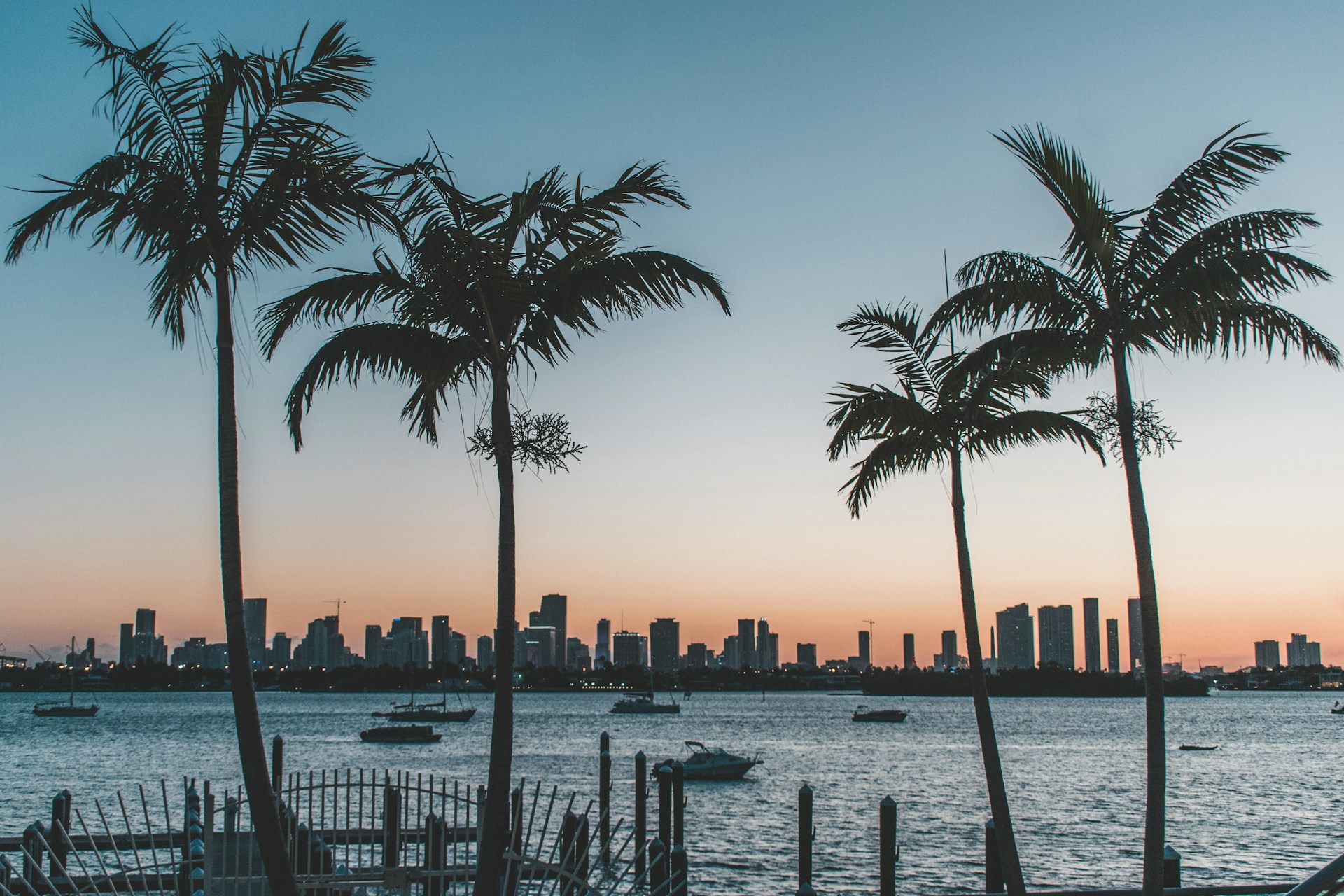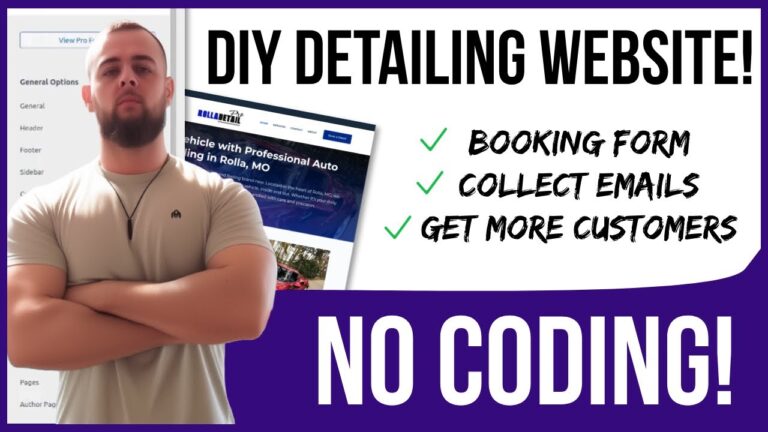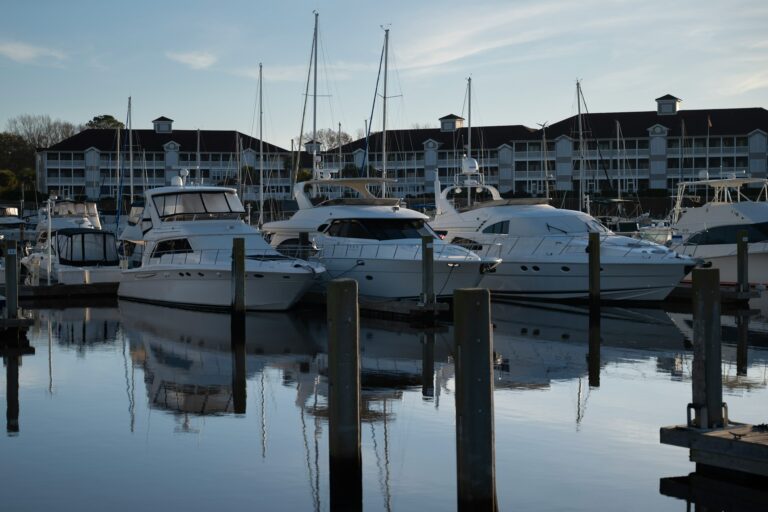Marine detailing is a highly specialized service with unique challenges, from dealing with saltwater residue to maintaining the condition of high-value boats. Pricing this service correctly is essential for marine detailers who want to remain competitive while still ensuring they’re fairly compensated for their time, effort, and expertise. Let’s explore how to effectively price marine detailing services to maximize profitability and meet customer expectations.
1. Understanding the Market and Service Demand
Before setting a pricing structure, understand your target market and the demand for marine detailing services in your area. Pricing may vary depending on local competition, seasonality, and the typical clientele. If you operate near a popular marina or in a coastal city, there’s likely a steady demand, but prices could vary widely based on whether you’re working with small personal boats or large luxury yachts.
A bit of research can help you identify the typical price range in your area, giving you a baseline to start from. Try reaching out to marinas, boat owners, or even other detailers in neighboring cities to understand what customers in your market are willing to pay.
2. Determine Services Offered and Time Requirements
Marine detailing is not a one-size-fits-all service. Detailing a 20-foot fishing boat will take far less time and fewer products than detailing a 50-foot yacht. Break down your services into clear categories, such as:
- Basic Wash: Rinsing, washing, and drying the exterior surfaces, and perhaps a light interior clean-up.
- Exterior Detailing: Includes a thorough wash, polishing, and waxing of the hull, deck, and any chrome or metal surfaces.
- Interior Detailing: Full cleaning and conditioning of upholstery, carpets, windows, and interior surfaces.
- Engine Detailing: Cleaning and dressing of the engine, which requires special attention and a specific set of products.
- Oxidation Removal and Polishing: Buffing and polishing services to remove surface oxidation.
- Protective Coatings: Application of protective ceramic or polymer coatings to extend the life of the finish.
Each of these services requires varying levels of time, effort, and product use. Estimate the hours required for each type of service, and factor in labor costs accordingly.
3. Factor in Boat Size and Condition
Boat size and condition are crucial to determining an accurate price. Smaller boats (20-25 feet) will generally cost less to detail than larger vessels (40 feet or more). Most marine detailers use a per-foot pricing model to account for size differences. For example, a basic wash might range from $8 to $15 per foot, while a full detailing package could range from $25 to $50 or more per foot, depending on the services included.
Additionally, assess the condition of the boat. A well-maintained vessel that only needs a light cleaning can be priced on the lower end, whereas a neglected or heavily oxidized boat may require a higher rate to cover the added labor and product costs.
4. Calculate Labor Costs
Your labor costs are a significant part of your pricing structure. The price should cover your hourly rate as well as that of any employees. For example, if your hourly rate is $50 and you estimate a job will take 6 hours, your labor cost would be $300. Factor in any additional costs, such as employee wages, to ensure you’re covering expenses.
If you’re a solo detailer, you may be able to offer slightly more competitive rates, but don’t undersell yourself. Marine detailing is physically demanding, and the prices should reflect the quality and expertise you bring to the job.
5. Account for Product and Equipment Expenses
Marine detailing products are often specialized and can be more costly than standard automotive products due to the high durability required in marine environments. Here’s a list of potential product expenses to consider:
- Cleaning Solutions: Marine-safe cleaning agents for salt, mildew, and algae.
- Polishes and Compounds: These can be expensive, especially if oxidation removal or gel coat restoration is required.
- Protective Coatings: Ceramic or polymer coatings for marine use can be pricey but add tremendous value to your service.
- Equipment Maintenance: Power buffers, water hoses, pumps, vacuums, and steam cleaners require upkeep and should be factored into your pricing.
Divide these costs by the number of boats you expect to detail to estimate your per-job material costs. For instance, if you use $20 in products for an average detailing job and spend an additional $10 on equipment wear and tear, then add $30 to each job for material costs.
6. Travel and Setup Considerations
Since marine detailing often requires traveling to marinas or private docks, factor travel time and setup into your pricing. Consider the distance you need to travel and whether you’ll need to transport extra water or a generator. Adding a travel fee or incorporating travel expenses into your per-foot rate can help cover these logistics.
7. Offer Package Pricing and Add-On Services
Creating tiered packages can make it easier for customers to choose a service level that fits their needs and budget. For example, offer a Basic Package, a Standard Package, and a Premium Package. Here’s a sample breakdown:
- Basic Package: Exterior wash and quick interior wipe-down
- Standard Package: Full exterior wash, polish, and wax, with interior detailing
- Premium Package: Everything in the Standard Package, plus engine detailing, oxidation removal, and ceramic coating
Providing add-on services like odor removal, stain treatment, or upholstery protection can increase your average sale per job, allowing customers to customize their package based on their specific needs.
8. Seasonal Pricing Adjustments
Consider adjusting your pricing seasonally. During peak boating season, such as spring and summer, you may want to keep standard rates. During the off-season, offer discounted packages or maintenance services to keep a steady flow of clients and ensure their boats are protected for the winter.
9. Evaluate Profit Margins and Adjust as Needed
Once you have a pricing model in place, track your expenses, labor, and profit margins carefully. It’s common for detailers to make adjustments as they gain experience and refine their workflow. If you notice certain jobs consistently require more time than anticipated or if specific products are consuming a significant portion of your budget, consider adjusting your pricing.
In general, aim for a profit margin of 30-50% after accounting for all expenses, including labor, materials, travel, and overhead.
10. Communicate Value to Your Clients
Finally, educate your clients on the value of marine detailing services and how they protect their investment in their boat. Marine detailing isn’t just a one-time service—it’s an investment in preserving the appearance, performance, and resale value of a vessel. Explain the benefits of using high-quality products, regular maintenance, and the impact of saltwater exposure on a boat’s surfaces.
Final Thoughts
Pricing marine detailing services requires a balance between understanding the market, covering expenses, and ensuring a fair profit margin. By carefully considering boat size, condition, service scope, labor, and materials, you can create a pricing model that satisfies both you and your clients. Remember, clients value quality and expertise—so price your services to reflect the level of care and professionalism you deliver.
Discover more from Detailing Industry News
Subscribe to get the latest posts sent to your email.








